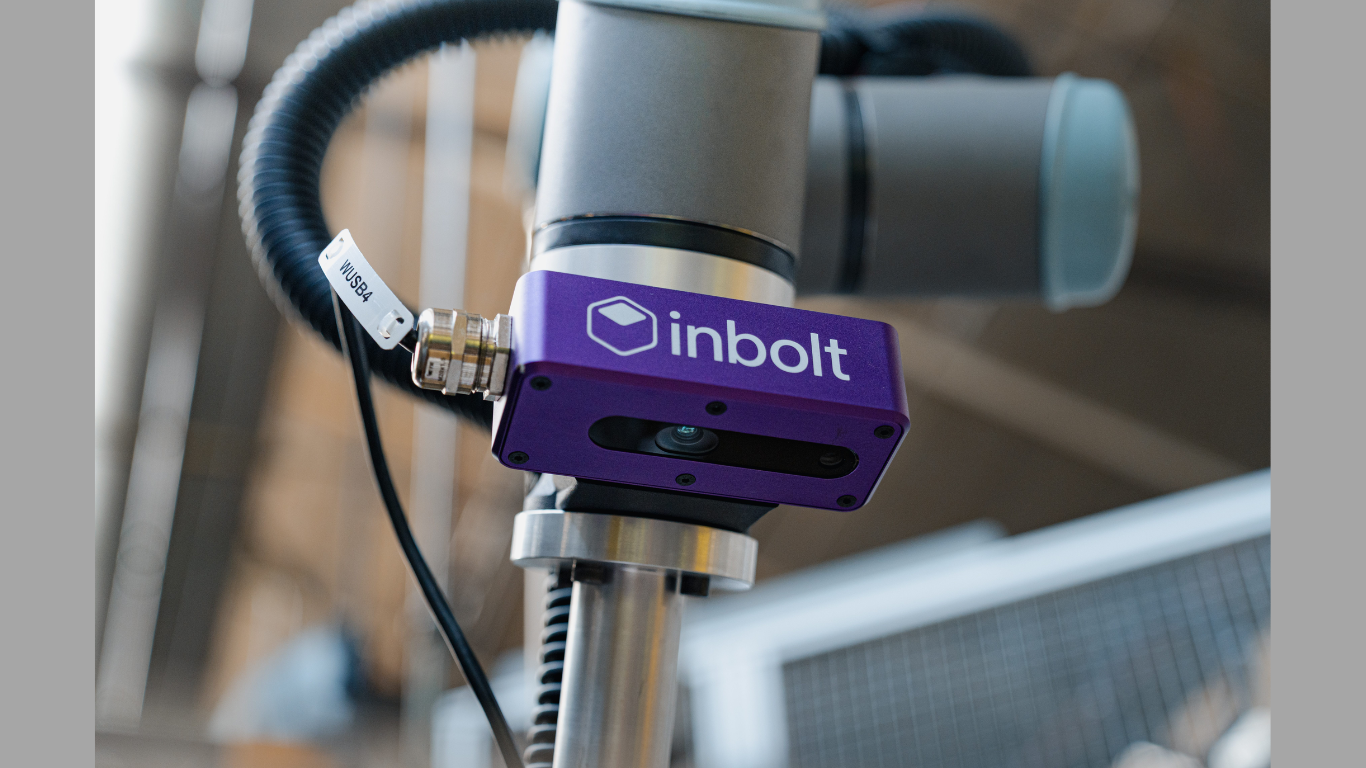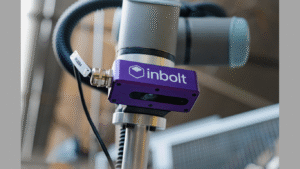We live in a digital world where businesses operate online, which means they are open to many threats. Online banks revolutionized how we handle transactions, with multi-currency accounts, third-party APIs, but all of these fancy new things can leave a bigger room for hackers.
That’s why nowadays, keeping your business’s financial information safe should be your top priority. The good news is that most of these online payment platforms have systems in place that keep your data safe. So, all your bank account details, such as your business IBAN account, transaction history, payroll records, and supplier invoices (the lifeblood of your operation) should be kept in a safe place away from prying eyes.
Why? Well, you might think it’s not a big deal, but if these get compromised, the impact isn’t just financial. Your business can also suffer reputational damage, loss of customer trust, regulatory consequences, and hard-to-recover downtime.
Let’s dive deeper into business data and find out how and why businesses need to protect it.
Know What You Have, and What Could Be at Risk
Not every business is the same in terms of the data they handle. Some have less risky assets, like invoices that don’t reveal much to hackers or cannot do much harm to your business. But most companies, especially service-based businesses, operate with sensitive customer information, which can be devastating for the business if it gets leaked.
So, before you start building a protection system, you need to understand what you have and what hackers would want. This means taking stock of exactly what sensitive financial information you hold, where it is stored, who has access to it, and on what devices or systems.
There is one golden rule for modern businesses – if you don’t need some data, don’t keep it! If you don’t need your customer’s date of birth, IDs, or you use it only to verify their identity, it is better to remove the data afterward. Also, knowing how your business holds data and what the enterprise collects is very important. Why? Well, you cannot protect what you don’t know you have.
Therefore, before you start building a system, analyze how your business collects and stores data, just to know what the best strategy is to use.
Access, Authentication & Encryption
Now that that’s done, the next step is to protect the data. You already know what you have, and the next step is to limit access to that data. If you hold sensitive bank transactions for your company, there is no point in the HR department having access to them, right? You just open up more vulnerabilities.
The goal here is to strictly limit a small number of people who have access to sensitive information. This reduces the ways a hacker could infiltrate your system.
But this only makes the job harder for hackers. The next step is to ensure everyone in your company has strong passwords, and that you educate them about all the threats (like phishing) just to make sure they don’t open the doors to hackers. Even if hackers infiltrate your business system through an account that doesn’t have many permissions, the damage is already done, and once they are there, they can control all kinds of things.
To make the job even harder for hackers, you need to encrypt the data. Encryption makes the data unreadable for hackers, which also makes it useless. They cannot resell it, and cannot benefit from it. Yes, they can decrypt it, but setting up strong encryption will definitely make their job a lot harder. So, both data sitting on your servers and on a cloud network should be encrypted.
Lastly, you need to encourage multi-factor authentication (MFA) and build a role-based access control (so employees only see what they need).
Tools & Habits To Set Up
The biggest mistake that business owners make is thinking that protection is a one-time setup. Yes, you must put a system in place, but it should be updated regularly and constantly scanned for attacks. If you use specific tools or software (which you will), make sure you turn auto-updates on, cause unpatched software is a favorite attack vector.
You should also set up backups, no matter how confident you are in your protection system you are.
Also, make sure that your network is segregated, separating critical finance systems from general-purpose systems, making it harder for hackers to pivot once inside.
Always Prepare for the Unexpected
Let’s get one thing straight – no system is 100% safe. After all, we’ve seen big systems fall from companies that are investing billions of dollars into cybersecurity, so your system can fall too.
That means having an incident-response protocol that defines who does what, when you’ll notify stakeholders (including clients or regulators), how you’ll contain the breach, and how you’ll restore your operations. Regular audits and monitoring should be part of the rhythm too, review access logs, look for anomalies, and test your backup restores.
Why All of This Matters to You and Your Team
Think of it this way: every time you send a financial report, pay a vendor, process payroll, or allow a new hire access to the bookkeeping system, you’re handling sensitive information. If a hacker or insider exploits a weak spot, it could mean stolen funds, fake invoices, payroll fraud, or data leaks.
And the fallout? Distrust, lost business, regulatory fines. On the flip side, when you invest time in protecting your financial info, you’re building trust with your customers, vendors, and employees; it’s part of your brand, not just your tech stack.
So, how confident are you in your systems? You’d better get to work before it’s too late.
Article received via email






























